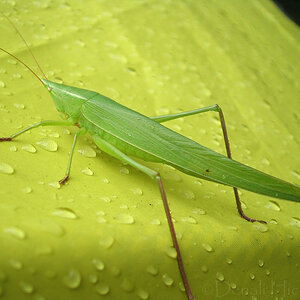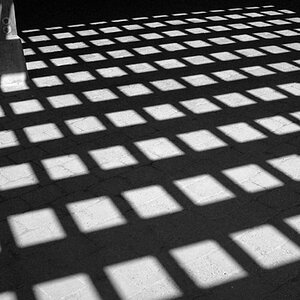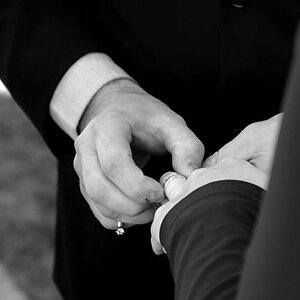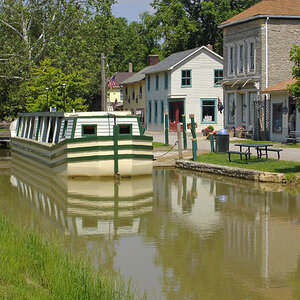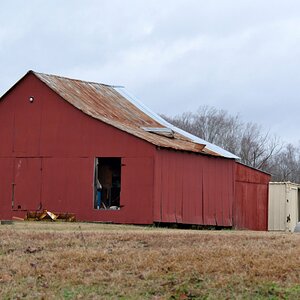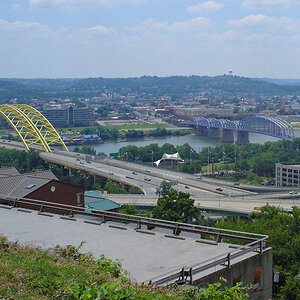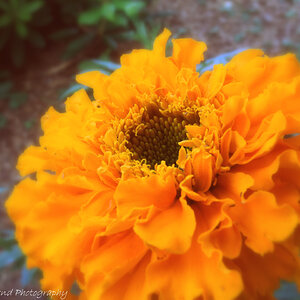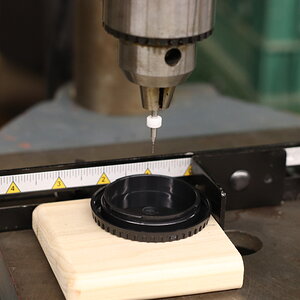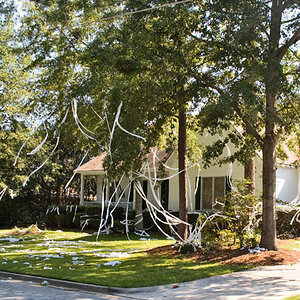- Joined
- May 1, 2008
- Messages
- 25,422
- Reaction score
- 5,003
- Location
- UK - England
- Website
- www.deviantart.com
- Can others edit my Photos
- Photos OK to edit
Ok so my understanding of film is mostly none-existent aside from the fact that you put film in the camera and pictures appear at some point later 
So with that in mind I enter the sea of film on the market and I've no idea what kind of film I really want to be aiming for. At the moment I'm certain that I want to work with colour and not black and white (might do black and white one day but for now sticking to colour). Chances are that I'll also be scanning the negatives rather than working the negatives to print directly (if that makes any difference in preferable film selection).
So now there are two sides to this - first the ASA/ISO of the film and then the actual type of film itself (for which there seem to be many types and brands). With regard to type is there any site/reference I can read which would give me some grounding as to the different effects and qualities out there as I really have no basis to say what I want from a film as such save for clean clear colour and details.
On the ASA/ISO front I know a big part of that will be determined by what and how I shoot and that experience is going to be a big part in that, however for macro with supported flash lighting what would suitable ASA/ISO powers be - should I follow the "lowest is the best" maxim or should I aim for something a little faster for grainy effect?
Lastly reliability (and I know this is going to be a tricky point) not so much just in the film itself, but in its viability on the market. I'll certainly hear about rarer/limited stock films, but something that is more mainstream would be better suited (esp in the early days as I know I'll make 1001 mistakes getting there so I don't want to really be shifting between film types whilst learning my way with the camera).
So with that in mind I enter the sea of film on the market and I've no idea what kind of film I really want to be aiming for. At the moment I'm certain that I want to work with colour and not black and white (might do black and white one day but for now sticking to colour). Chances are that I'll also be scanning the negatives rather than working the negatives to print directly (if that makes any difference in preferable film selection).
So now there are two sides to this - first the ASA/ISO of the film and then the actual type of film itself (for which there seem to be many types and brands). With regard to type is there any site/reference I can read which would give me some grounding as to the different effects and qualities out there as I really have no basis to say what I want from a film as such save for clean clear colour and details.
On the ASA/ISO front I know a big part of that will be determined by what and how I shoot and that experience is going to be a big part in that, however for macro with supported flash lighting what would suitable ASA/ISO powers be - should I follow the "lowest is the best" maxim or should I aim for something a little faster for grainy effect?
Lastly reliability (and I know this is going to be a tricky point) not so much just in the film itself, but in its viability on the market. I'll certainly hear about rarer/limited stock films, but something that is more mainstream would be better suited (esp in the early days as I know I'll make 1001 mistakes getting there so I don't want to really be shifting between film types whilst learning my way with the camera).





